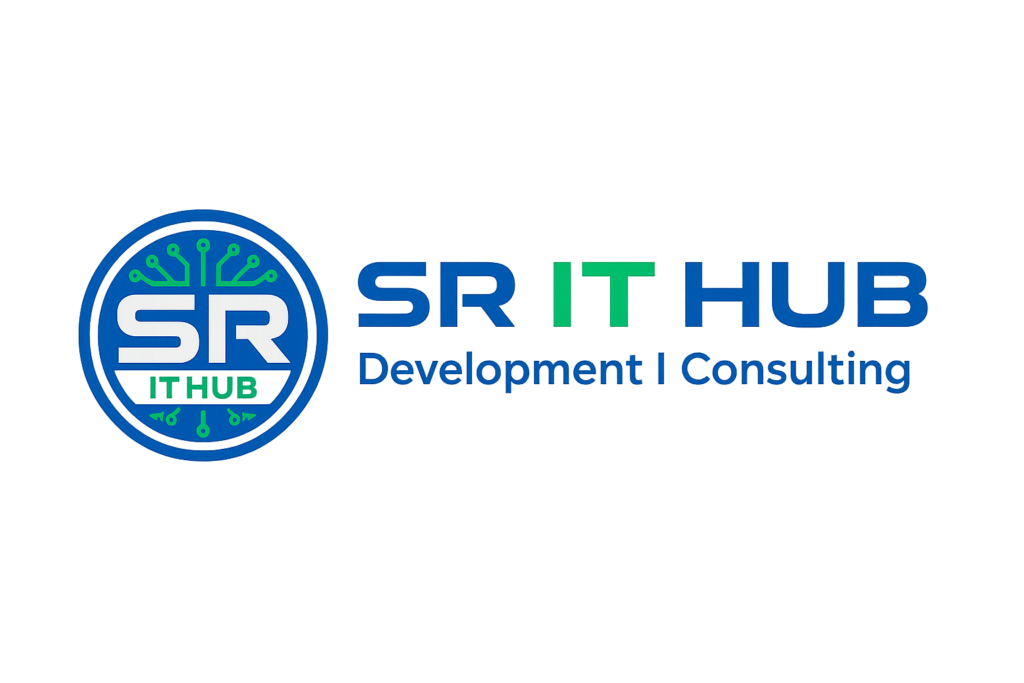Abstract:
Early prediction of patient mortality risks during a pandemic can decrease mortality by assuring efficient resource allocation and treatment planning. This study aimed to develop and compare prognosis prediction machine learning models based on invasive laboratory and non-invasive clinical and demographic data from patients’ day of admission. Three Support Vector Machine (SVM) models were developed and compared using invasive, non-invasive, and both groups. The results suggested that non-invasive features could provide mortality predictions that are similar to the invasive and roughly on par with the joint model. Feature inspection results from SVM-RFE and sparsity analysis displayed that, compared with the invasive model, the non-invasive model can provide better performances with a fewer number of features, pointing to the presence of high predictive information contents in several non-invasive features, including SPO2, age, and cardiovascular disorders. Furthermore, while the invasive model was able to provide better mortality predictions for the imminent future, non-invasive features displayed better performance for more distant expiration intervals. Early mortality prediction using non-invasive models can give us insights as to where and with whom to intervene. Combined with novel technologies, such as wireless wearable devices, these models can create powerful frameworks for various medical assignments and patient triage.
EXITING SYSTEM :
Feature extraction is the process by which features are generated for use in selection and classification. Those features which have a potential for differentiation is selected and utilized for classification procedure. Scale Invariant Feature Transform (SIFT) and scale- invariant feature operator (SFOP) are the most prominent feature extraction techniques which utilizes scale space theory to find both scale and the location of local features.
DISADVANTAGES OF EXISTING SYSTEM :
1) Less accuracy
2)low Efficiency
PROPOSED SYSTEM:
Recently there are some geometric analysis tools which are applied for image fusion based on transforms such as curvelet transform, contourlets transform, wedge let transform and Non Subsampled Contourlet Transform (NSCT). For the satellite images, it is important to analyze its geometric structure .For this, the Shift-Invariant Shear let transform (SIST) is proposed for remote sensing image fusion [7]. As the first step the feature vectors of multispectral and panchromatic images are extracted and then they are divided into different regions using Fuzzy C Means (FCM). The SIST gives the representation of the first principal component of the multispectral image. The principal component in an image is obtained using entropy component analysis and panchromatic images.
SYSTEM REQUIREMENTS
SOFTWARE REQUIREMENTS:
• Programming Language : Python
• Font End Technologies : TKInter/Web(HTML,CSS,JS)
• IDE : Jupyter/Spyder/VS Code
• Operating System : Windows 08/10
HARDWARE REQUIREMENTS:
Processor : Core I3
RAM Capacity : 2 GB
Hard Disk : 250 GB
Monitor : 15″ Color
Mouse : 2 or 3 Button Mouse
Key Board : Windows 08/10

